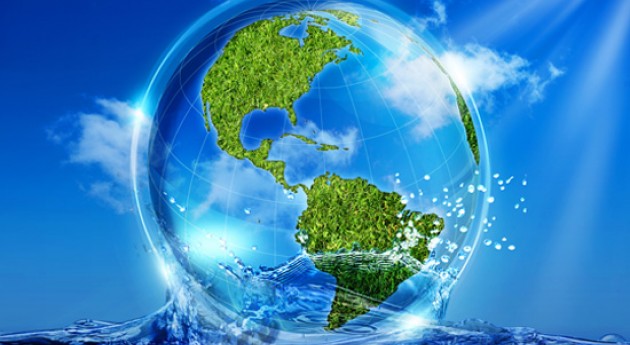
In homes, schools and workplaces, water can mean health, hygiene, dignity and productivity; in cultural and religious sites it evokes the connection with human creation or community; in natural spaces it represents peace, harmony and conservation.
As World Water Day is celebrated this March 22 and in the context of a sanitary crisis, the United Nations Organization invites the international community to rethink the value of this liquid, which will determine the capacity to preserve, manage and guarantee its availability.
The global pandemic caused by Covid-19 confirms this substance as a weapon to fight infectious diseases and accentuates inequalities in access. According to UN reports, the shortage of drinking water affects around 30% of the world's population, a figure with an upward trend and representative of almost three million people.
The increase in the world population, the growing demand in agriculture and industry, and the worsening of the impacts of climate change on the planet are the fundamental causes of the insufficiency of this resource, fundamental for living beings.
In compliance with the objectives for sustainable development for 2030, it is expected to achieve universal and equitable access, improve quality by reducing pollution, increase efficient use in all sectors and ensure sustainability in extraction and supply.
The protection and restoration of water-related ecosystems, including forests, mountains, wetlands, rivers, aquifers and lakes, are other ones of the global priorities to address insufficiency.
In Cuba, where the State makes enormous efforts to guarantee the availability of the vital liquid, Let's value water!, more than the slogan of the campaign for the global celebration, it should constitute an invitation to reflect on individual and collective responsibility in the rational use of this resource.
Protecting water is everyone's job. The first step to minimize the wasting of water is to know the volume we use, directly, for daily activities and the production of the goods and services we consume.
